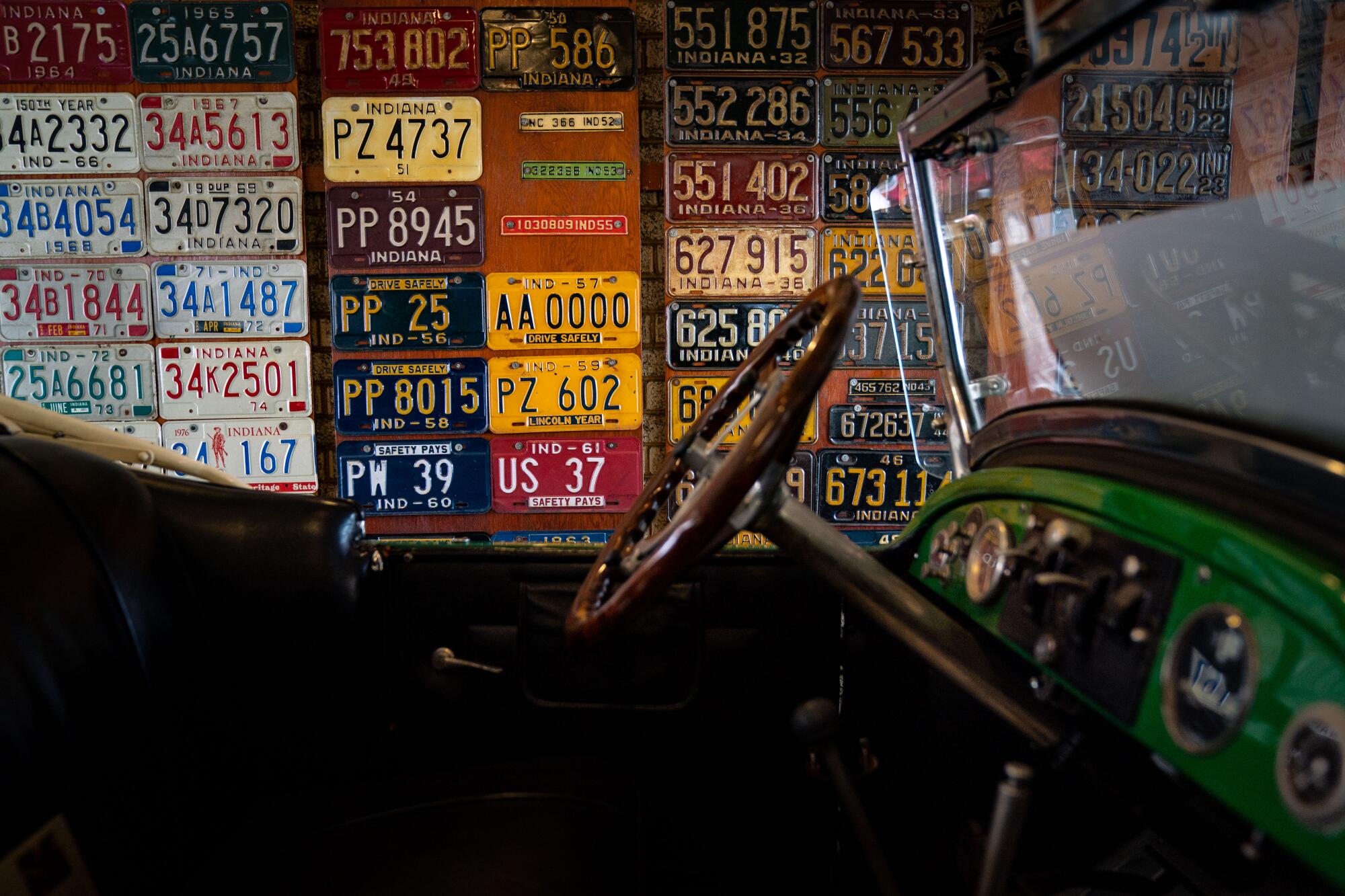
- Share via
KOKOMO, Ind. — This industrial city an hour north of Indianapolis isn’t as famous as Detroit, but it has become an unlikely battleground in the war over electric cars.
Almost everyone you meet here either works in a factory, is retired from one or has a relative in a plant that makes parts for gasoline-powered cars — which have ruled Kokomo for nearly 130 years, since a brash inventor named Elwood Haynes chugged down Pumpkinvine Pike at 7 mph in one of America’s first horseless carriages.
“We haven’t developed a workforce towards anything else yet,” said Warren Sims, a 41-year-old worker in the same casting plant that employs his father, working on gas transmission engines. “We don’t make a fuel-efficient vehicle. Everything’s big and everything costs [a lot to] fuel and people buy it.”
Yet change is coming. Bulldozers are clearing Kokomo’s cornfields to build a $2.5-billion government-subsidized electric vehicle battery factory, with the aim of retaining jobs tied to auto production at a time California is leading the nation in phasing out gas-powered engines.
Environmentalists, along with industry and government leaders, see a transformation afoot after decades of false starts. They have acknowledged, however, that they can’t complete the shift if electric cars are viewed as something only for rich liberals in California and New York. They need everyone.
The uneasy reception to EVs in Indiana — in a national climate that includes Republican lawsuits against California’s new emissions rules and televised warnings that they represent an attack on freedom — suggests that the country remains divided over embracing a technology that environmentalists say is essential to combating climate change.

Indiana can feel like a tough place to own an electric car.
Major cities are located far apart, with few charging stations in between. The vehicles that dominate the landscape — American-branded pickup trucks — are just beginning to be offered in electric versions. And the most popular EVs remain out of reach for many consumers in places where incomes tend to be lower. The charging stations at the Meijer grocery store parking lot in Kokomo sit empty for hours.
The state is also deep red. And Republicans are much less likely than Democrats to consider buying an EV, according to a poll conducted for The Times by Leger, a Canadian-based polling firm with extensive experience in U.S. surveys.
Electric cars, climate credit schemes, diverse boardrooms and legal weed: How California exports its ideas and policies across the U.S.
Conservative media figures have tried to amplify those divisions, portraying Biden administration credits for EVs as cash for “the coastal elite who rule the Democratic Party” (Erick Erickson) and part of a utopian vision to “make children in Africa de facto slaves to make Pete Buttigieg’s dream come true” (Charles Payne).
“They think you’re a bunch of racists polluting the planet, so you don’t deserve to have real choices,” Fox News host Laura Ingraham said after California’s Air Resources Board voted to halt sales of new gas-powered cars in the state by 2035. “It’s an effort to get you used to living with less — less prosperity and less freedom.”
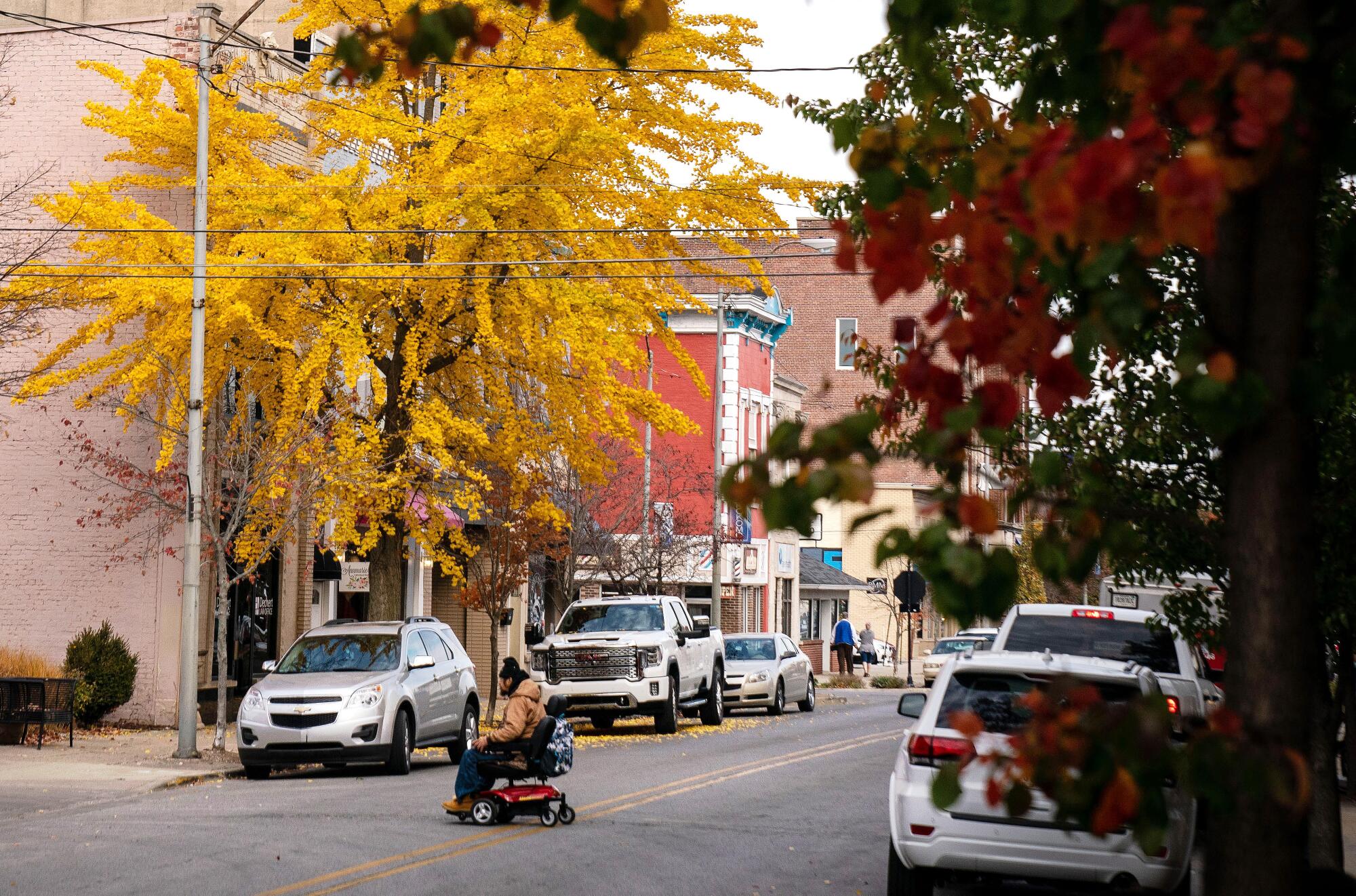
Indiana’s Todd Rokita is one of 17 attorneys general, all Republicans, suing the Biden administration in an attempt to block California’s right to set its own emissions standards.
“It’s gonna wreck the economy,” Rokita said. “The ideology is [failing], when you mandate electric cars but don’t have the power to run them.”
The Kokomo VFW parking lot is filled with hulking trucks, tricked-out Jeeps — and skepticism about the country’s turn toward electric vehicles.
“It’s stupid. I don’t believe in it, especially the way they’re doing it,” said John Meeks, the 72-year-old commander of Kokomo’s Veterans of Foreign Wars Post 1152. “They’re shoving it down your throat.”
But U.S. automakers, after resisting electrification for decades, now are betting money and marketing clout that they can get everyone to buy an EV, especially as they introduce more lower-priced models. And the Biden administration is spending $135 billion on a national charging network, manufacturing grants, consumer subsidies and other projects to put electric vehicles at the center of its agenda, the president’s most ambitious attempt to slow climate change.
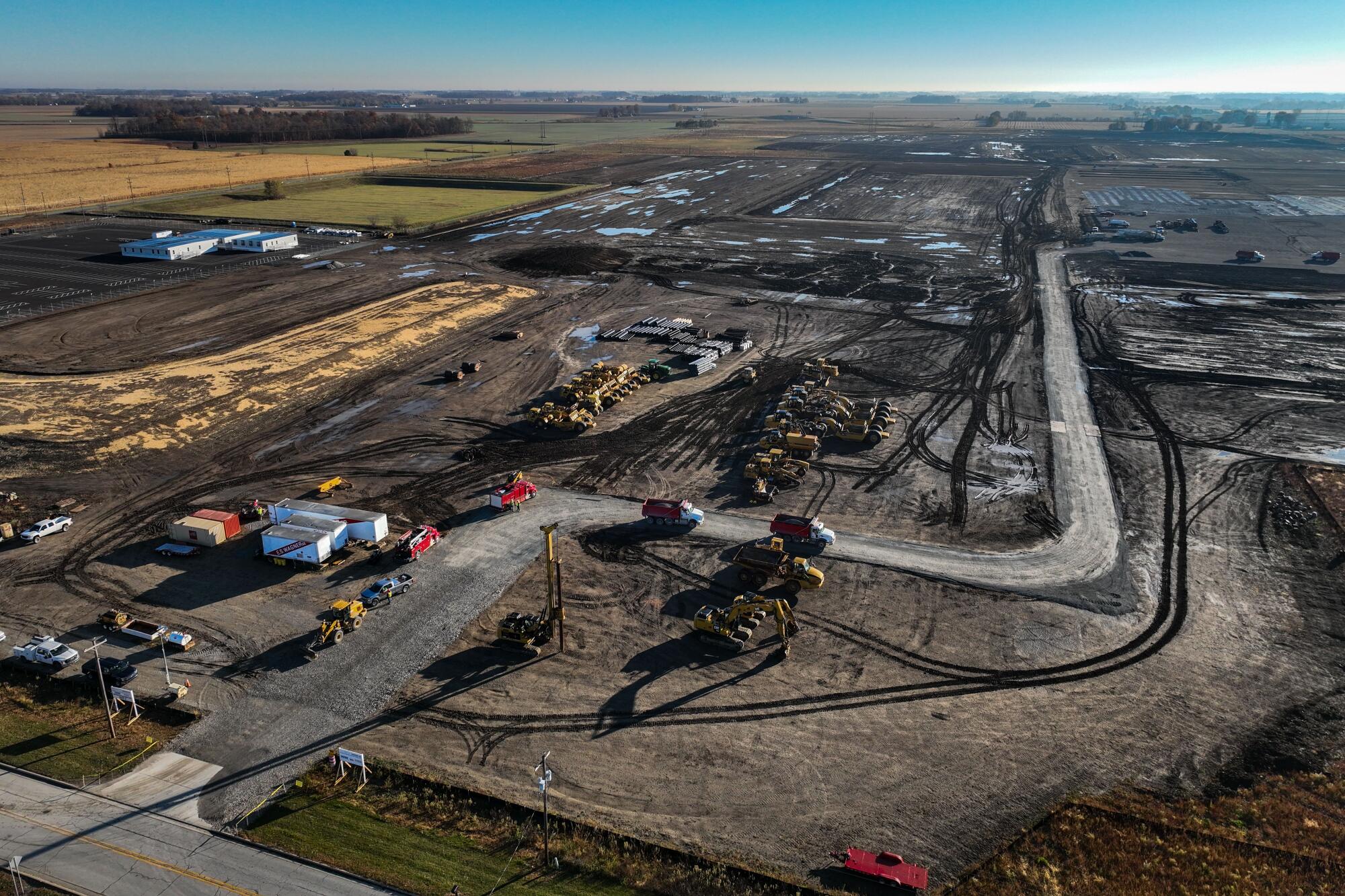
To get there, they’ll need to attract more people like Jen Cecil, a 38-year-old Kokomo office manager who owns a Mustang Mach-E.
“I’m not too crazy about, you know, the ‘go green’ or, you know, ‘you suck at life’ ” if you don’t buy an EV, said Cecil, a Republican. “That kind of gets us a bad name. I just really enjoyed the car.”
While many of Indiana’s leaders aren’t cheerleaders for California’s phaseout of gas-powered cars, they are eager to promote and expand the electric-vehicle industry here: sponsoring research, traveling to Asia to spur business and handing out millions of taxpayer dollars to manufacturers.
Kokomo Mayor Tyler Moore drives a gas-powered Jeep Cherokee and envisions a future in which gas, electric and hybrid cars coexist. But he also offered tax breaks and free farmland to the joint-venture EV battery plant being built by Stellantis and Samsung. Stellantis, the parent company of Chrysler, Jeep and Dodge, already runs four powertrain factories in Kokomo and a fifth in nearby Tipton. Kokomo needs the jobs. The surrounding county lost more than 2,000 manufacturing positions from 2017 to 2021, a drop of nearly 20% in that sector.
And Indiana’s Republican governor, Eric Holcomb, has given the Kokomo factory up to $186.5 million in incentives; he also met with Samsung officials in South Korea over the summer during an economic development mission.

Jodi Tinson, a Stellantis spokeswoman, said the company plans to reach 50% EV sales by 2030 and is “committed to continuing to give our employees opportunities to succeed … in a bold new era.” Stellantis is investing millions to retool some of its plants to make hybrid and plug-in components, but it’s unclear which will survive if and when the company goes all electric.
The industry is generally choosing to build EVs on new sites rather than retooling old ones because, over time, manufacturers will save money with more streamlined operations, said Zack Krelle, an analyst with TrueCar, a website for pricing and buying vehicles.
Electric vehicles eventually are expected to require less factory labor to build because they have fewer parts. That is a source of unease for many workers at Kokomo’s Stellantis plants.
“It’s more computers and robots,” said John Brumfiel, 50, who works maintenance at a transmission plant. “Less workers.”
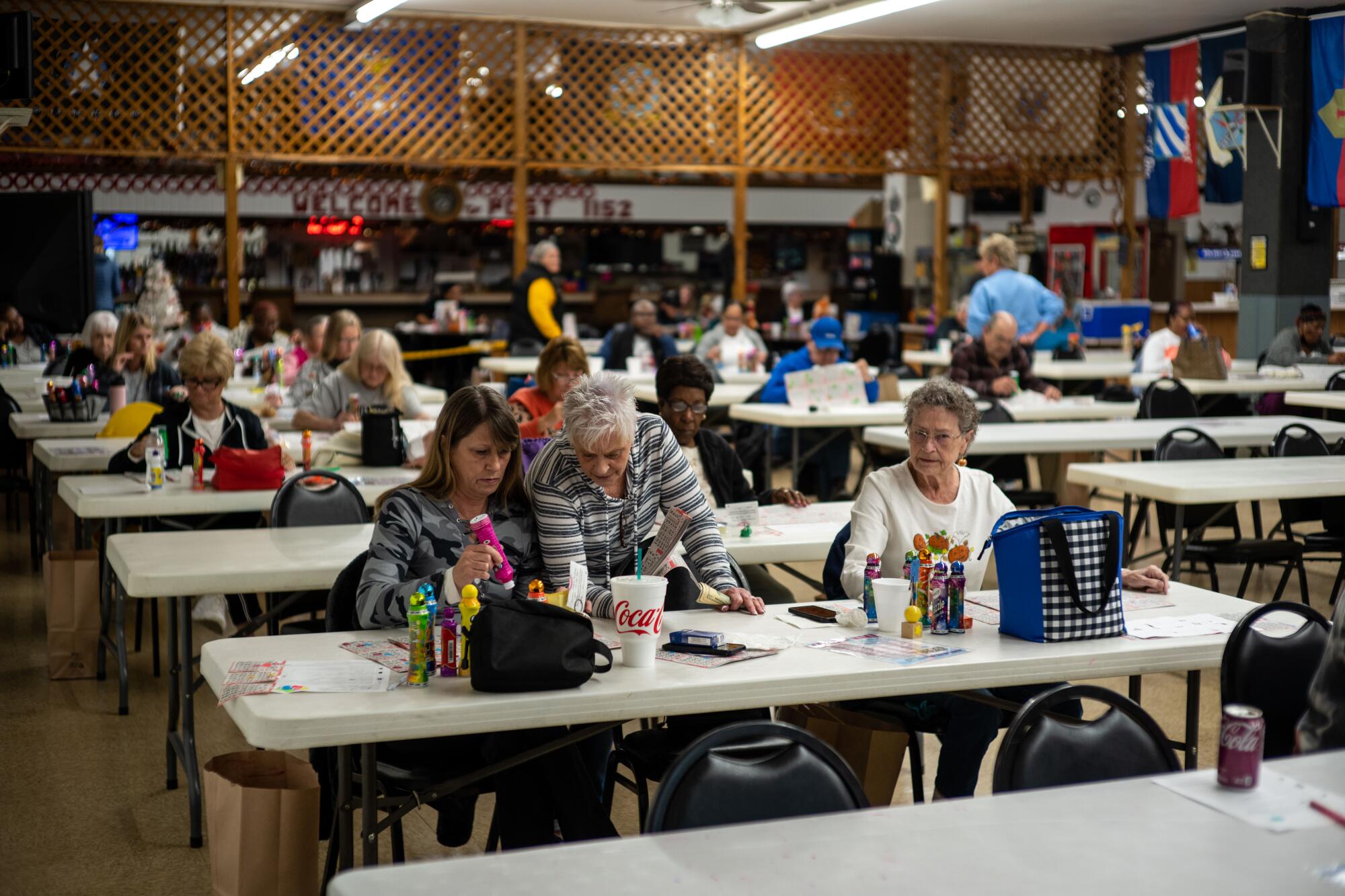
Hoosiers’ concerns about electric cars aren’t limited to how the vehicles will affect their livelihoods.
At the VFW, many people — including some retired plant workers — said they were not ready to drive an EV because of cost, charging time or range. Several people in town pointed out that California Gov. Gavin Newsom, a Democrat, announced the 2035 deadline even as the state was struggling with an energy crisis, underscoring their concerns over reliability and with the country’s electric capacity.
“Gavin Newsom says, ‘We want to have these battery-electric cars,’ ” said David Sedam, 70, a retired General Motors engineer. “But then he comes out and says, ‘Oh, by the way, don’t use too much electricity.’ ”
Virginia Gov. Glenn Youngkin, a Republican whom donors and pundits have mentioned as a potential presidential candidate, tried to channel some of that skepticism when he announced over the summer that he wanted his state to drop its adherence to California’s fuel standards.
“That’s just wholly unacceptable to allow an unelected body in California to decide what cars Virginians are going to buy,” Youngkin said in an interview a few weeks later.
Residents of some of the bluest states — California, Oregon, Washington, Hawaii and Vermont — are more than twice as likely to shop for electric vehicles as those in redder states such as Indiana and Kentucky, according to a report from TrueCar.
But even ambitious GOP politicians such as Youngkin have to tread carefully when it comes to electric cars.
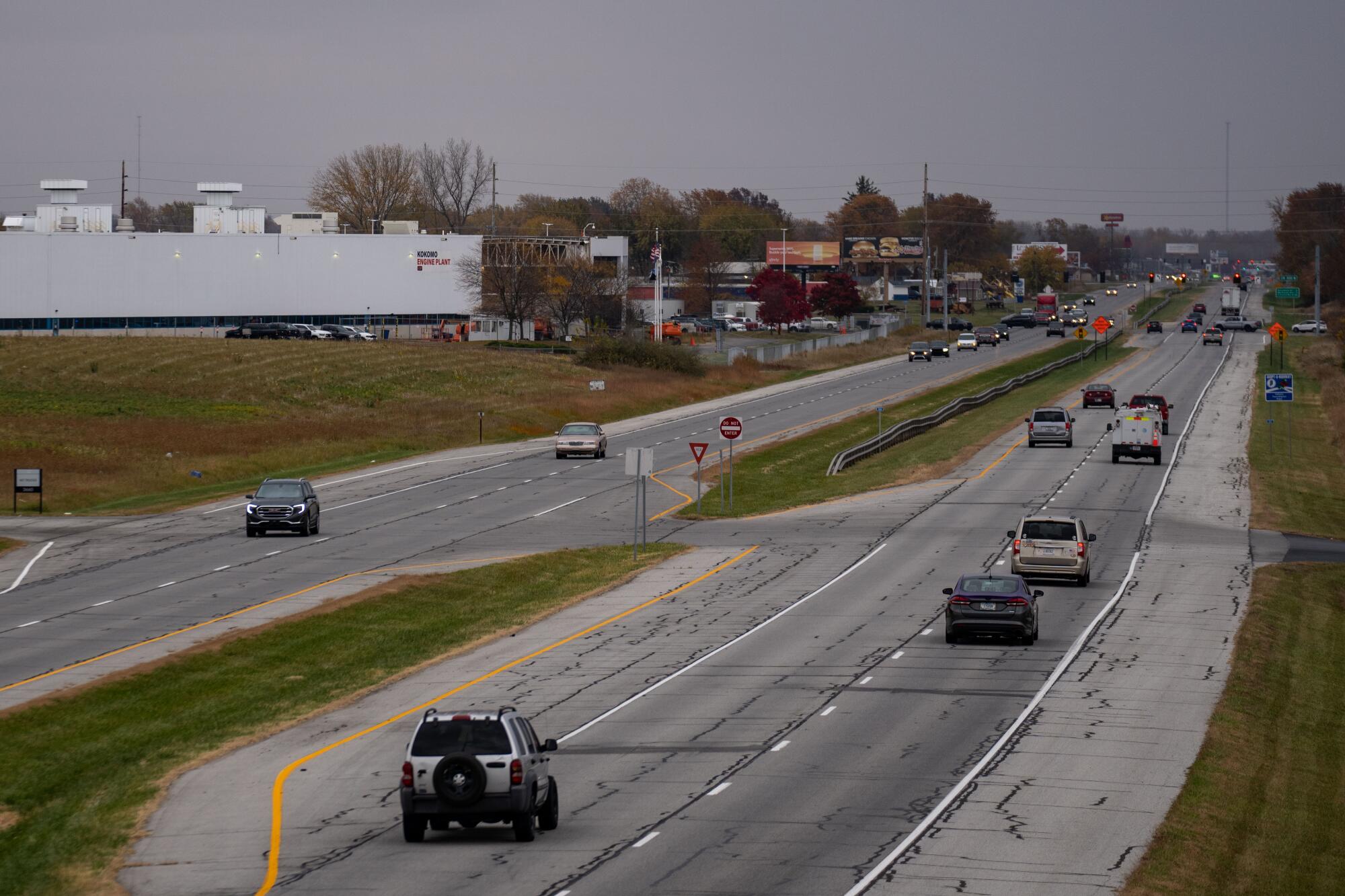
Many of the states that stand to get the biggest boost from the Biden administration’s investment in batteries lean Republican. In October, the administration announced $2.8 billion in industry grants in 12 states from the bipartisan infrastructure law. Among them: Tennessee, Alabama, Missouri, Georgia, Louisiana. Car and battery companies are spending billions more to build or expand plants in North Carolina, Ohio and Kansas.
Kentucky, the home state of Senate Republican leader Mitch McConnell, is poised to employ about twice as many people in EV jobs as coal mines.
Republican states fought for a decade against President Obama’s expansion of Medicaid. But all 50 states — even the GOP ones — have already submitted plans to be part of the national EV charging network Biden announced this year. There is little evidence so far that conservative politicians would stake their political futures on the issue, even if they nod to anti-Biden talking points.
Brad Chambers, Indiana Gov. Holcomb’s economic development chief, doesn’t think campaign attack ads targeting electric vehicles would have much of a shelf life.
“Some people will probably try it,” he said. “In the long run, I think it’s going to be like everything else in our society is going to be — what’s the good product?”
Sedam, the retired GM engineer, who drives a Chevy pickup, worries about his son and other autoworkers who still depend on the traditional industry. Still, the Democrat-turned-Trump voter sees electric cars as the future, albeit a more distant one than proponents project.
”I’m not against a new green deal, but the problem I have is I don’t think we have the technology for the batteries so far,” he said.
Industry analysts see the partisan divide on EVs, but say age may be just as telling. The Leger/L.A. Times poll found people between the ages of 18 and 34 were far more likely (49%) to consider buying an EV than people over 55 (14%).
Abigail Fuller, who lives near Kokomo in a town called Gas City, said price — not politics — was her only consideration in buying her Chevy Malibu.
“Gas prices are extremely expensive right now,” said Fuller, a 28-year-old Republican. “If I could get an electric car, I probably would.”
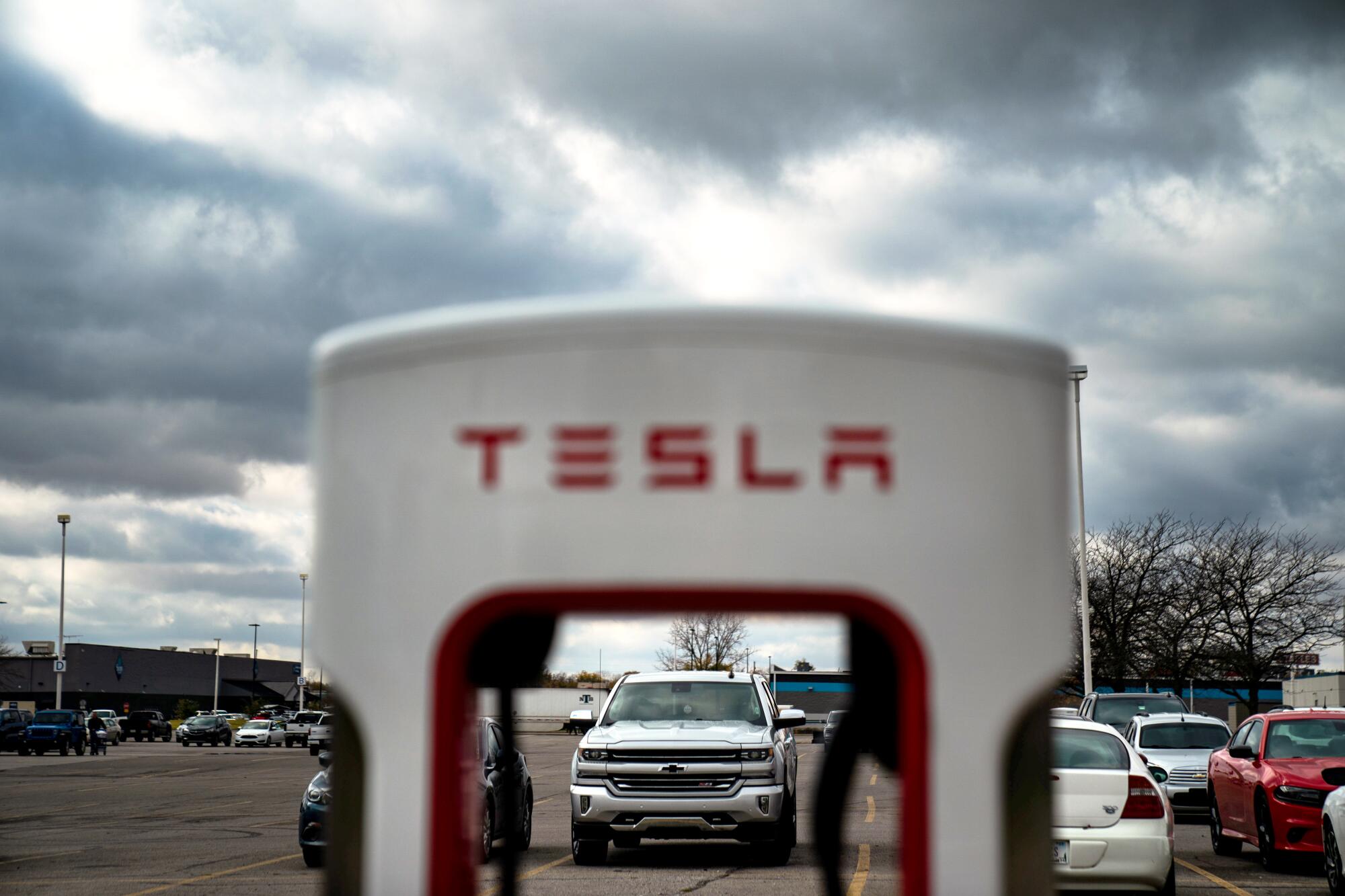
This summer, Dodge — looking to expand the potential EV customer base to those who like classic muscle cars — showed off an electric concept during “Speed Week” in Pontiac, Mich., with flashing lights, pounding music, billowing clouds of smoke and promises to break the rules. The pitch was aimed directly at overcoming the elitist tag.
“This is not the EV they want you to have,” Tim Kuniskis, the brand’s chief executive, said as he demonstrated the Dodge Charger Daytona SRT’s 126-decibel roar and the powerful “Banshee powertrain.”
“We didn’t ask for the rules to change. We didn’t want them to change, but they did,” Kuniskis said. “We can try to outrun them. But that would be a … path straight into extinction.”
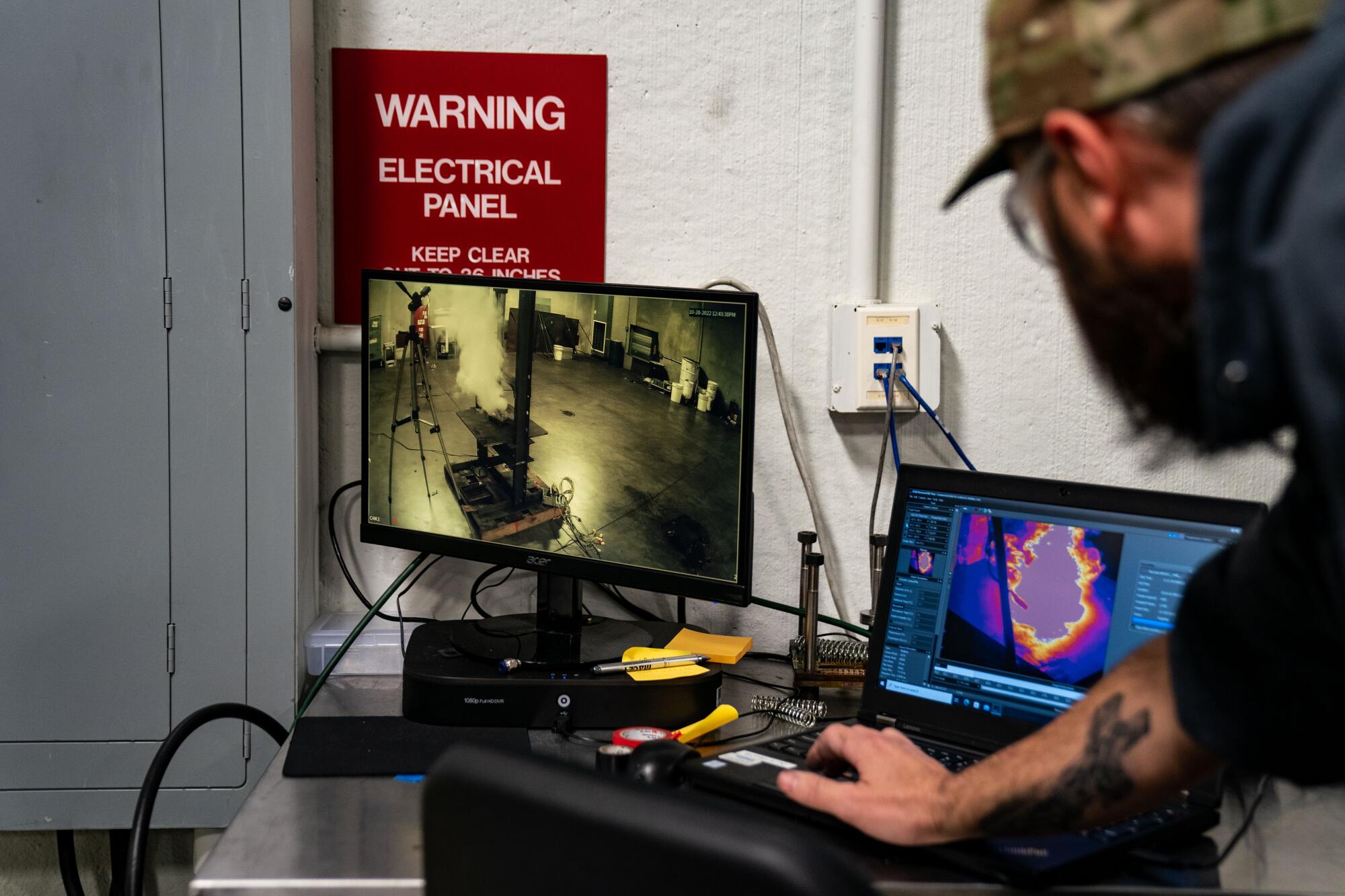
Rodney Kidd, 35, has tattoos and wears a hunting cap with a rifle on it. He is a self-described rural conservative gear-head. He’s also something of an EV evangelist.
The lab technician and his colleagues at the Battery Innovation Center, about 90 minutes south of Indianapolis, are researching how to commercialize battery technology. Among the biggest concerns he hears from friends when the topic of EVs comes up is that charging stations in Indiana are clustered in big cities such as Bloomington and Indianapolis, making it hard to traverse sprawling rural areas.
When that changes, rural Americans’ resistance to electric vehicles will too, Kidd said.
He pointed out that he owns a diesel truck he uses for towing and pulling. Battery trucks will do the job better because of their superior torque, he said. Larger electric vehicles have advantages in underground coal mines. EVs will eventually change car racing too, he said, even if some of “the haters” may never accept them.
Ultimately, electric cars will win not because of blue state mandates, but because they’re a better product, he said.
“There is a divide,” he said. “It’s not as large as some would believe.”
More to Read
Get the L.A. Times Politics newsletter
Deeply reported insights into legislation, politics and policy from Sacramento, Washington and beyond. In your inbox three times per week.
You may occasionally receive promotional content from the Los Angeles Times.

















